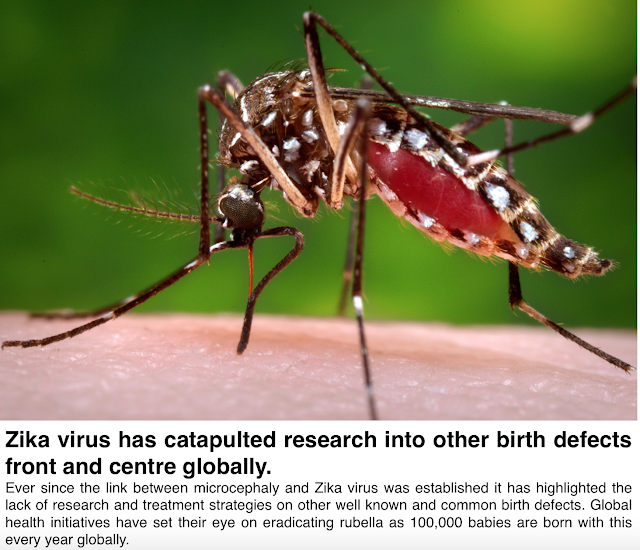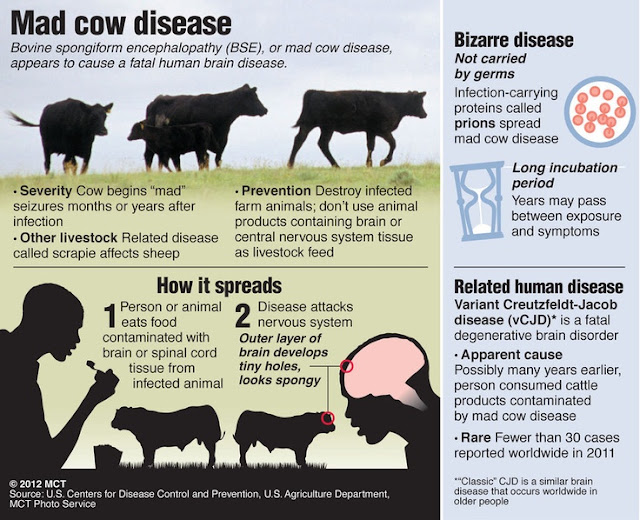Greetings everybody
I have been doing this amazing free online course with Future Learn called 'Preventing the Zika Virus' and so far this has been mind blowingly amazing! One of the best parts of it for me was looking into Vector Biology. By that I mean looking into the biology of the insect or organisms that harbours the virus and transfers it to an unsuspecting host. In Zikas case the vector is a genus of mosquito known as the Aedes mosquitoes and these are the guys that are going to get all the attention in todays post. Enjoy!
By Aedes mosquito I do not mean the entire genus is contributing to the current Zika epidemic. It is actually two of the most common forms of Aedes Mosquito lets meet the culprits:
Aedes aegypti:
This mosquito has not only been implicated as a vector for Zika but also in:
- Dengue virus
- Yellow fever virus
- Chikungunya
It has also been shown to be capable of transmitting the West Nile Virus as well as Venezuelan Equine Encephalitis virus.
Like other mosquitoes A. aegypti is made up of the basic body parts; the head, the thorax and abdomen. On their tiny heads you will find two compound eyes, antennae (that are extremely sensitive to chemical signals) and of course a mouth part. Interestingly it is only female mosquitoes we have to worry about as males often feed on blades of grass! The females are the blood suckers.
A. aegypti most unique feature that makes it possible for possible identification is their violin shaped pattern located on their thorax (circled in red).
Below is a picture of this mosquitoes distribution.
Looking at the map there are several points that can be used to explain why A. aegypti is found in certain areas:
- Temperature is a key factor playing into this mosquitoes distribution pattern.
- A. aegypti is not found in areas with cold temperatures at high latitudes or elevations which describes why it isn't commonly found in many areas of the northern hemisphere.
Females suck blood for the development of her eggs this twinned with A. aegypti strong preference for human blood! and not animals making them an important vector for human diseases.
Aedes albopictus
Also known as the Asian Tiger Mosquito, a name given due to the white banding patterns. This mosquito has been implicated as being capable of transmitting the same viruses as its fellow genus member Aedes aegypti.
Looking at this guy you are probably thinking they look strikingly similar to the A. aegypti mosquito in both colour and the white bands on their body. However, the devil is in the detail. There are differences in the size with A. albopictus being 2-6mm smaller in length with a single silvery white stripe running down the middle of its back.
Another major difference is the distribution of this mosquito:
What can we gather from this?
- It shares a lot of its distribution with A. aegypti.
- A. albopictus is able to tolerate a lower temperature and this can be seen by its ability to establish itself more in Northern America and areas of Southern Europe!
Females of this genus have shown a preference for domestic and wild animals as potential blood bags. Of course they still bite the occasional human.
The success of Aedes and how the Zika virus exploited it:
A lot of success for these mosquitoes is from a certain stage within their life cycles (see below)
These mosquitoes have adapted their life cycles to suit the modern environment created by us. Modernisation has led to a lot of waste production. Empty containers or cans with small amounts of water are a perfect place for these mosquitoes to lay there eggs. Wide availability of optimal egg laying locations means that the females do not lay eggs all in one container but in many containers over great distances.
Aedes albopictus have tailored their feeding habitats to just about everything including the creatures that also profit from our waste cultures such as rats, foxes and even lizards in tropical areas. Whereas Aedes aegypti has decided to stay on a strict human blood diet (anthropophilic).
Thats not all! Unlike many other mosquito species these females eggs are able to survive very long period of time in dry conditions. This ability to survive long period of desiccation would have allowed them to be transported in cargo providing them access to new unchartered territories... once they become rehydrated.
For the Zika virus it is able to exploit this adaptability to colonise new areas as well as take advantage the A. aegypti's love for our human blood.
Well that was this weeks post everybody I hope you have enjoyed learning a little bit more about the Zika virus and its partners in crime.
Have an awesome weekend
Biobunch,
Over and out
























